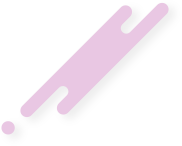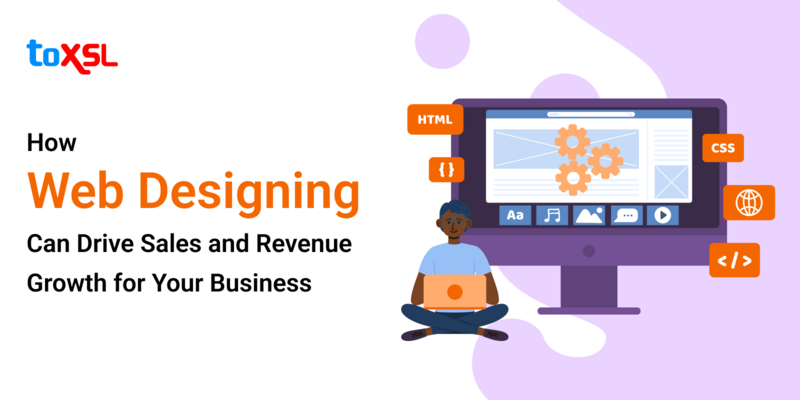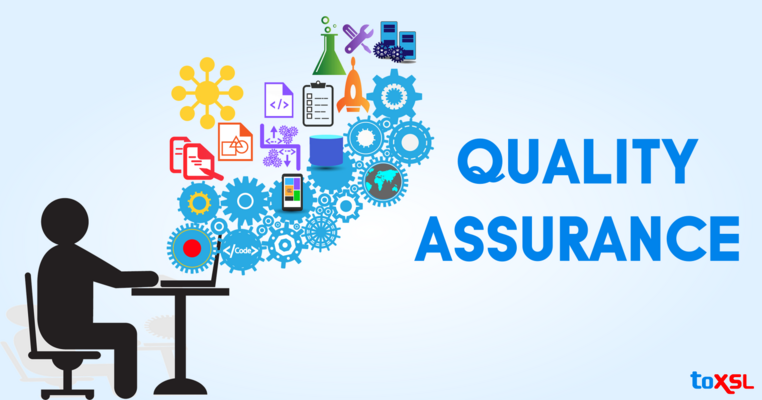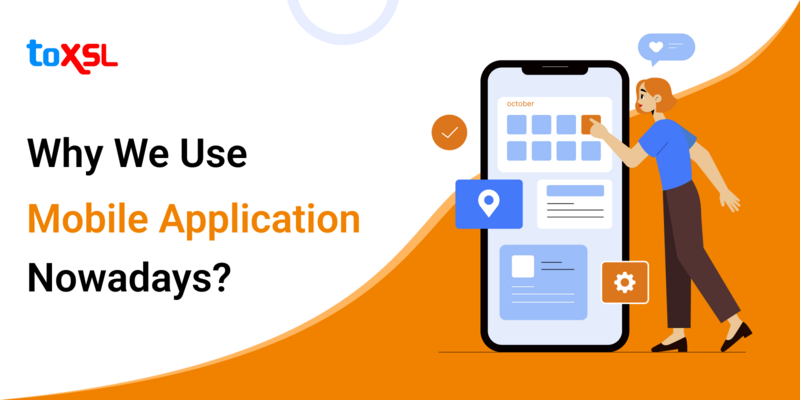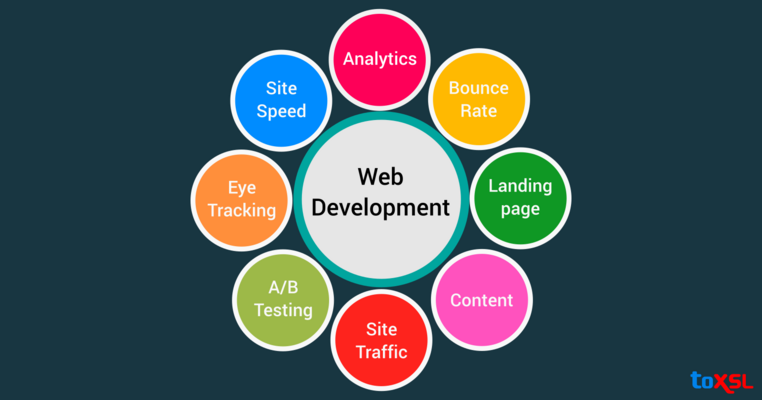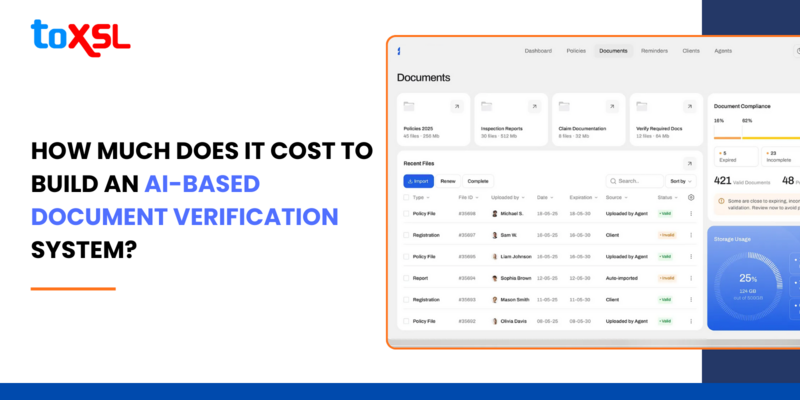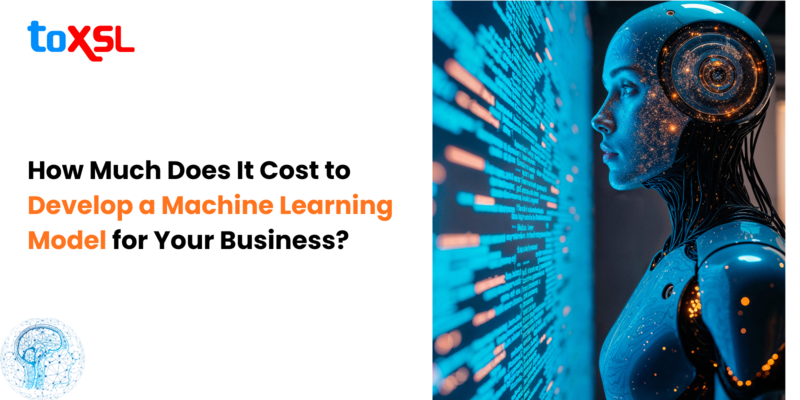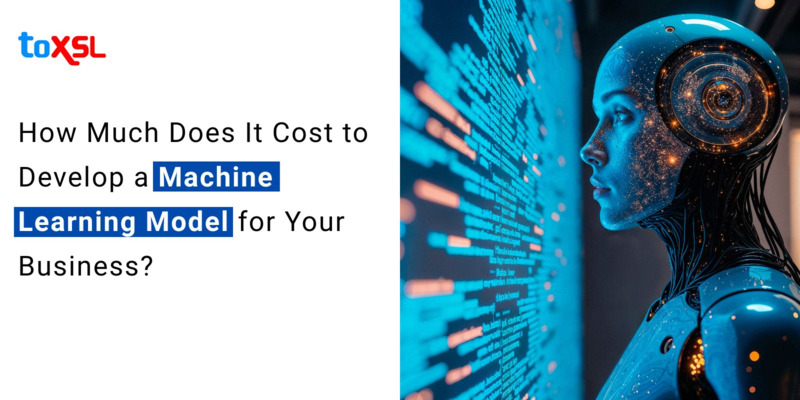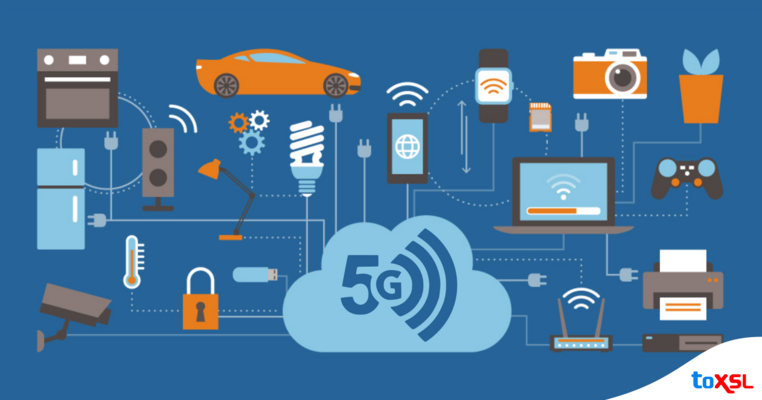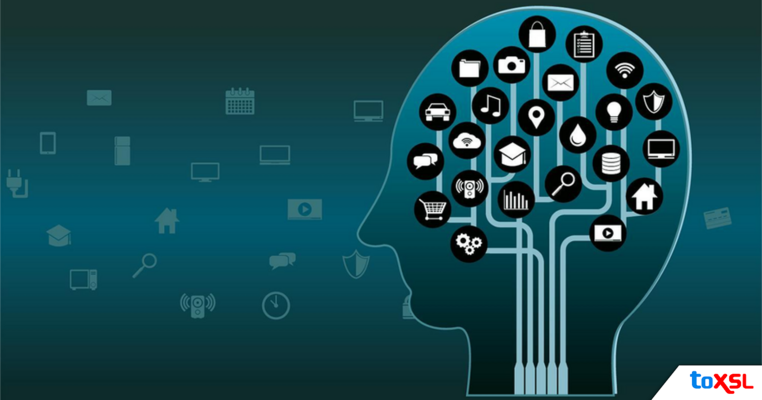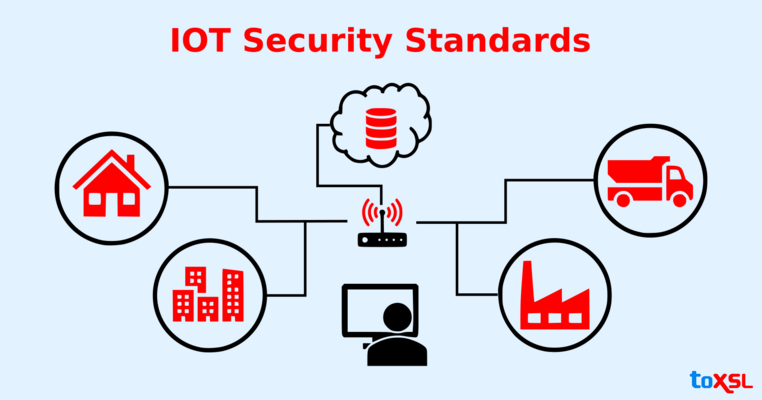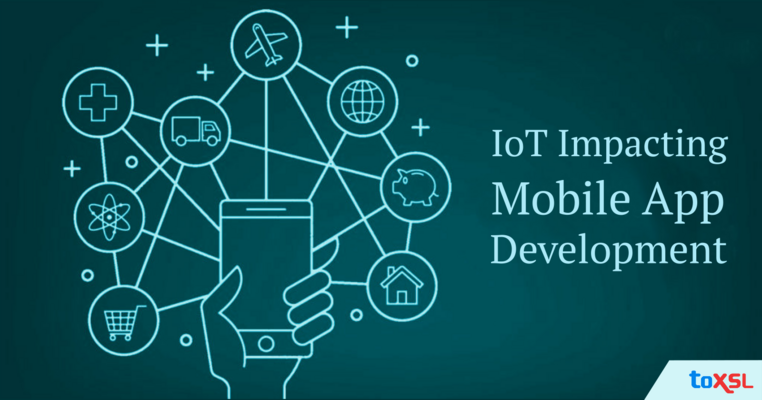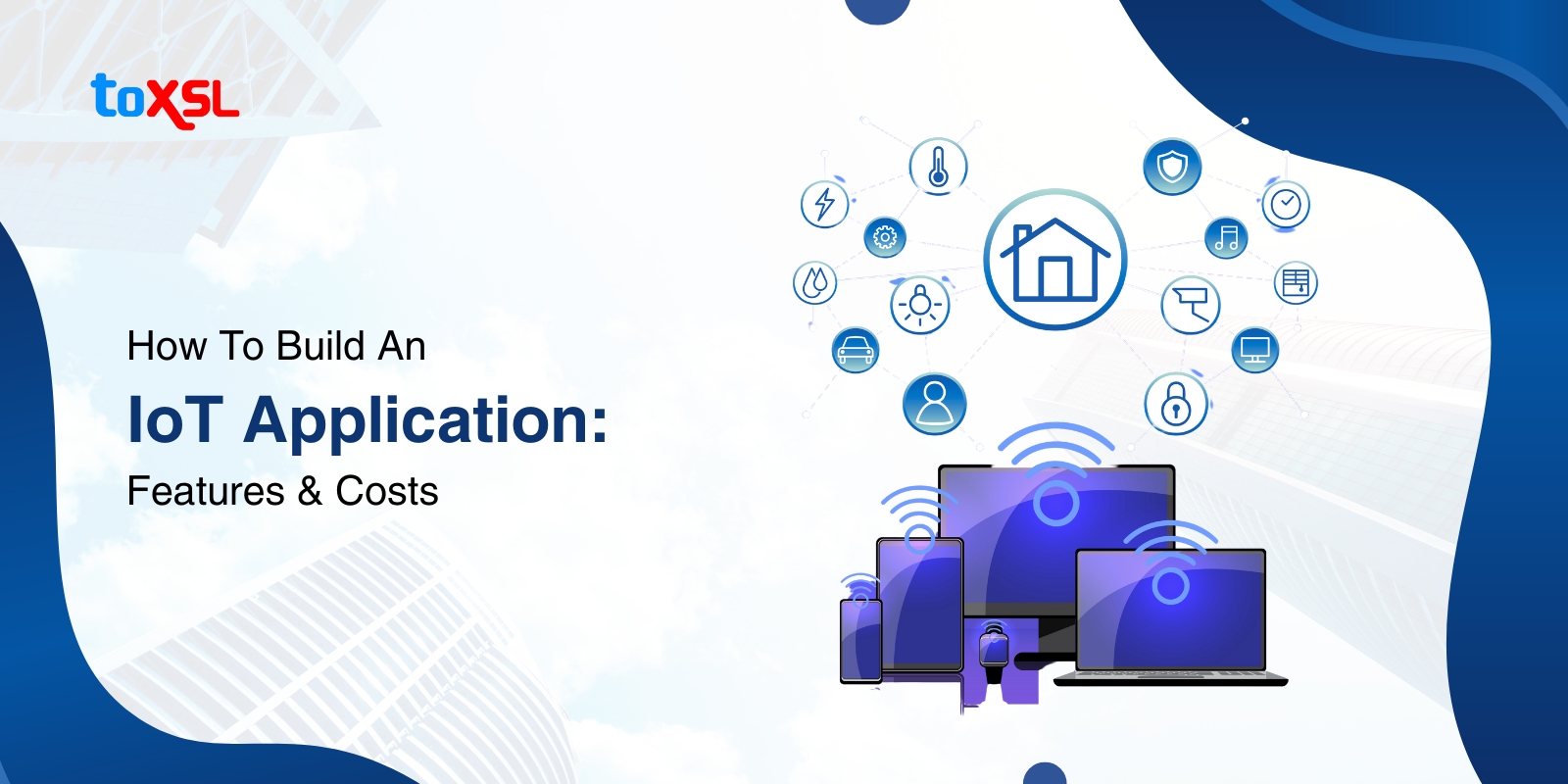
IoT application development is a process of developing software and solutions that enable the interaction and management of Internet of Things (IoT) devices, leading to a more convenient and controlled system. There are more than 14 billion connected IoT devices globally and the number is projected to grow every year.
According to Future Market insights, the IoT application development services market is estimated to reach $88.7 billion by 2033, growing at a CAGR of 15%. Ericson’s prediction says that by 2029, smartphones can make up 9.2 billion out of the total 38.8 billion internet-connected devices.
Components of IoT
Before diving deeper into the blog, let us first learn how to develop applications using the Internet of Things (IoT), let's first understand the main components of IoT. They are:
Sensors and Devices (Hardware): Sensors, also called input devices, are one of the main parts of any IoT system. They collect important information like sound, video, or temperature. Most devices have several sensors that gather and send useful data from their environment.
Cloud Connectivity (Networks): This part of IoT helps send data to the cloud and save it. To do this, the IoT system uses different types of networks like WAN, cellular, satellite, Wi-Fi, and more. These networks help move the data from devices to the cloud easily.
Data Processing (Software): Once the data is stored in the cloud, a software program processes it. It collects the data, studies it, and organizes it to make it useful.
User Interface (App): After the data is processed by the analytic engine, it is linked to a user interface, such as a mobile app. This allows users to view and interact with the information easily.
Key features of an IoT application
Want are learn about the key features of an IoT application? In this section, we will list the key features of an IoT application:
Connectivity:
The main feature of IoT is connectivity. It simply means the connection between various devices so that they can communicate on their own. IoT enables numerous devices, sensors, and computers to talk to each other. A fast, safe, and secure connection is crucial for any business to succeed. IoT connects devices with cross-domain technology including cloud computing, artificial intelligence, and blockchain technology.
Scaling:
Internet of Things systems are designed in way that scale up or down numerous devices, sensors, and computers as per business needs. An IoT system must be elastic enough so that it can handle workload during whenever needed.
Sensing:
IoT systems store data regarding their surroundings such as temperature, light, and sound, among others. After gathering data, businesses can make the right decision. Sensors help businesses automate their processes and take actions automatically. The raw gathered data and the analyzed data serve as the basis of the functioning of IoT. For example, an automatic door collects data via radar sensors or optical sensors. If a person comes, the door will open automatically. Some sensors used in IoT are humidity sensors, temperature sensors, motion sensors, and level sensors.
Analyzing:
We know that IoT collects raw data using sensors, but why does it need this data? What does IoT do with all the raw data? Raw data alone is not useful or meaningful. It only becomes valuable when it is carefully processed to find important information. IoT collects raw data to get useful insights from it. It is important to study the data’s structure, connections, and how it can be used. When processed correctly, this data can be very helpful. For example, in an automatic door system, after analyzing the sensor data, it should be able to tell if it is a person or an animal.
Artificial Intelligence:
IoT is more useful when it works together with artificial intelligence (AI). For example, if your groceries are running low, your smart fridge can send you a reminder to buy more on your way home. This happens because of AI. IoT devices collect raw data from their surroundings and turn it into helpful information. They also use machine learning to learn and understand their environment better, so they can work smarter.
Smaller Device:
Nowadays, devices like chips and sensors are becoming smaller. In IoT, these small devices are efficient and give accurate results. It's amazing how much these tiny devices can do to improve our lives. For instance, small sensors can measure the air quality and help protect us from pollution.
Dynamic Nature:
IoT systems need to change and adjust when their surroundings change to help businesses. For example, a smart air conditioner should use data from a temperature sensor to set the room temperature according to the weather outside. It should also change the humidity inside the room to the right level when the humidity outside changes.
Active Engagement:
IoT connects its devices and products with other technologies like cloud computing, artificial intelligence, and blockchain. These technologies need to work together with IoT devices to collect and use data that helps businesses. Raw data has great potential and can improve business decisions a lot. So, it is very important for IoT devices and these technologies to work closely together.
Integration:
IoT combines different technologies like cloud computing, artificial intelligence, big data, and deep learning to give users a better experience. The Internet of Things is now called the Internet of Everything because many devices work together. This connected system helps improve our daily lives in many ways.
Automated:
Every technology has some level of automation. In IoT, automation is the main idea. IoT was created to make life and work easier by using automation. For example, an IoT farming system can automatically water plants and stop wasting water.
Security:
Security is one of the biggest worries for people using IoT. Since IoT systems collect and store a lot of private information, keeping the devices and data safe is very important. Strong security measures are used when designing IoT systems to prevent any security problems. Making sure an IoT system is safe requires a lot of resources and money, but it is very important. If security is weak, people and businesses may lose trust in IoT, and fewer will want to use it.
Cost of IoT App Development
The cost of making an IoT app depends on what the app can do. If the app is simple and controls only one device or does basic tasks, it usually costs between $10,000 and $50,000. For example, the app might let you turn on a smart light or check the temperature in your home.
If the app connects to many devices or has more advanced features like showing live information, using maps or sending alerts, the cost can go up to $150,000 or more. For very big and complex apps used by large companies, which need to connect many devices, have strong security, and use smart technology like artificial intelligence, the price can be $200,000 or more.
Conclusion
The Internet of Things, or IoT, is becoming very popular. It is growing quickly, and many people want to use it. IoT means smart devices that are connected to the internet and can talk to each other. These devices are used in many different areas. IoT helps in healthcare, marketing, business, transportation, homes, smart cities, smart cars, waste management, tracking things, watching the environment, energy, and education. Many people say that IoT is bringing a big technology change, called the fourth industrial revolution.
ToXSL Technologies is a leading IoT app development company, helping businesses build a safe future of interconnected devices and grow networks easily using IoT app development. So, don’t wait any longer. Contact our experts today and leverage our services.



